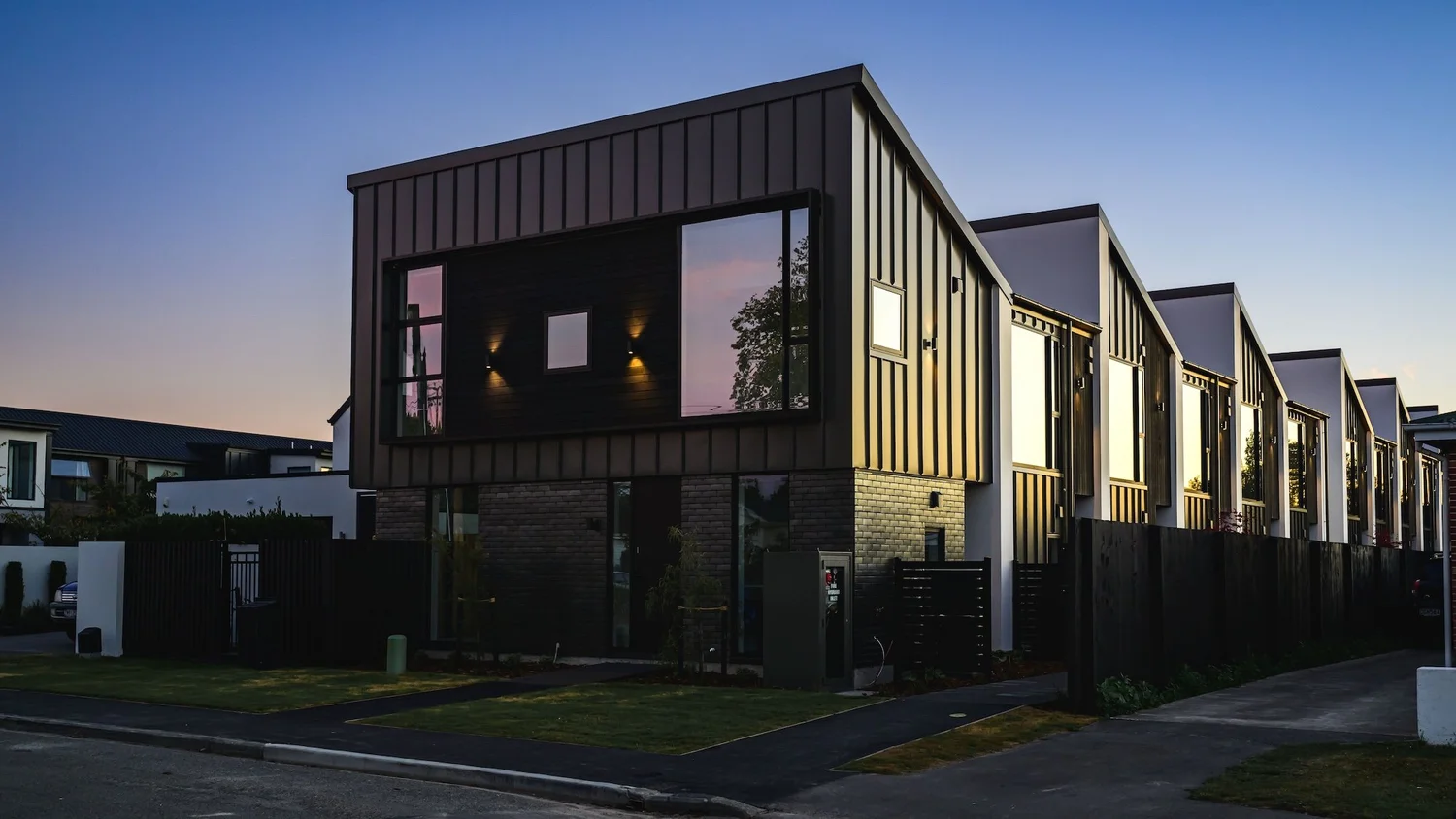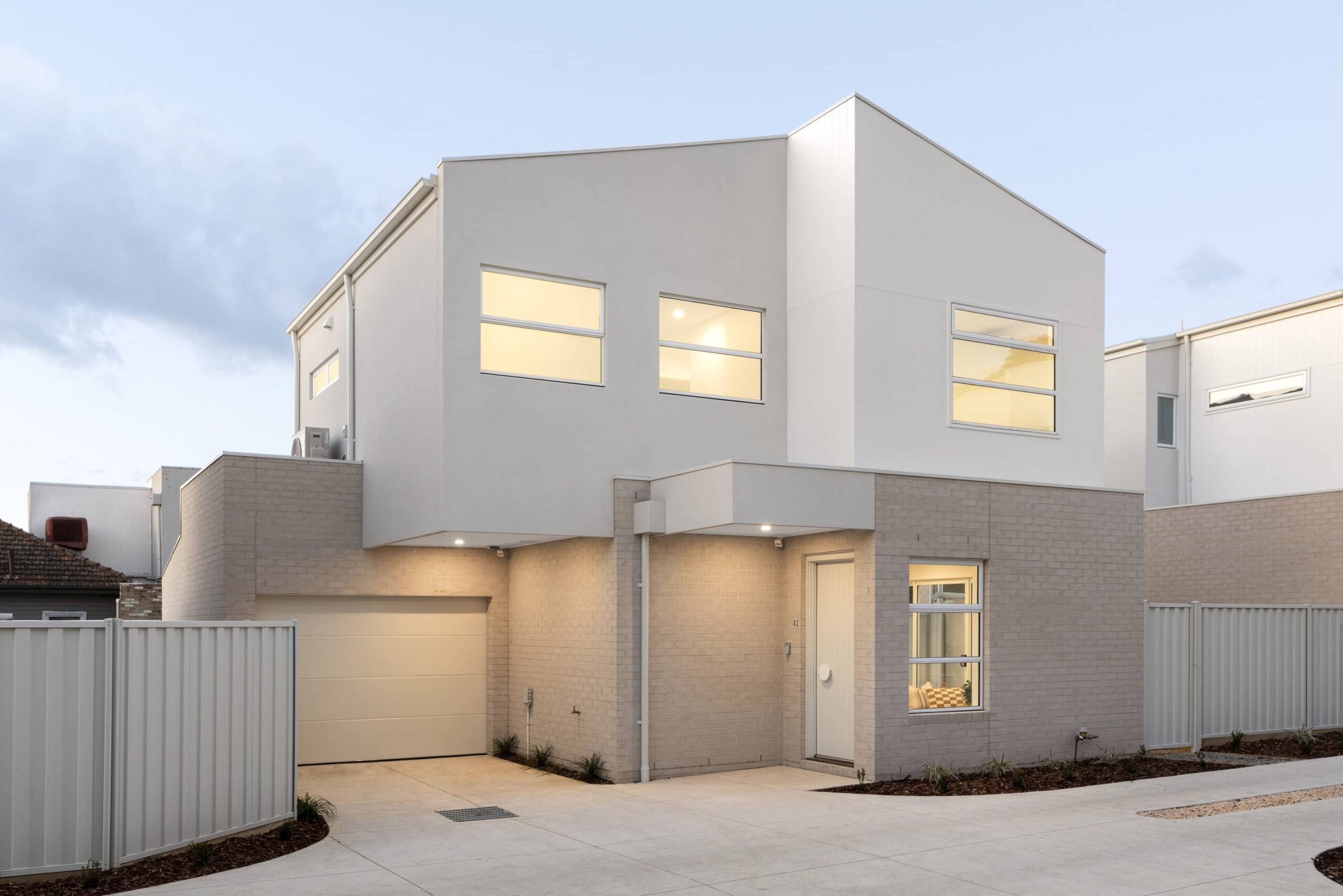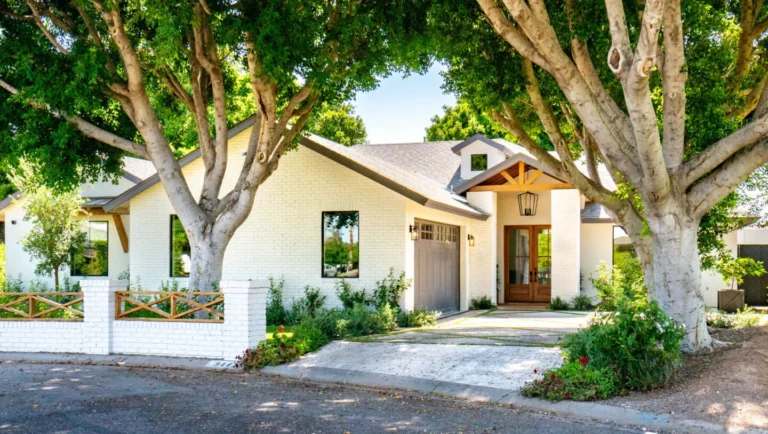Property Development Funding A Comprehensive 2025 Guide for Developers and Investors
Property development funding refers to the capital required to purchase land, prepare the site (including planning permissions, demolition, and infrastructure), fund construction or renovation, and finally finish and sell or lease the developed property. This funding may come in many forms-senior debt, mezzanine finance, equity investment, bridging loans, or government grants.
For a developer embarking on a project, understanding funding is crucial: without the right structure and timing, cash-flow gaps, cost overruns, and regulatory delays can derail the project. According to a specialist finance guide, “development finance is a short-term loan, usually extended for up to 18 months, to help developers with the purchase and build costs of a development project.”
Why Funding Matters More Than Ever in 2025
In 202,5, the property development funding landscape is under heightened scrutiny. Land and construction costs are rising, regulatory requirements (including sustainability standards) are increasing, and the availability of traditional bank financing is more constrained for speculative development. According to a UK lender, loans for development often require staged drawdowns and higher risk premia.
Thus, securing the right funding at the right leverage, timing, and risk allocation is a competitive advantage. Developers must evaluate funding not just as obtaining money, but as structuring a financial stack that aligns with project milestones, exit strategy (sale or refinance), and external market dynamics.
Benefits of Property Development Funding

Accelerating Project Start-Up and Scaling Up
One key benefit of appropriate property development funding is that it allows developers to start or scale projects they could not otherwise fund entirely from equity. By accessing debt or mezzanine capital, fewer resources are tied up, and more projects can be managed. For example, a developer can purchase land early, secure planning, and draw construction finance in stages-minimising idle interest costs and optimising cash flow.
This benefit solves the problem of cash flow constraints: developers often face large upfront outlay before any sale or lease income. With funding structured correctly (for example, with drawdowns matching phases of wor k), you avoid interest being paid on undrawn funds and ensure capital is used efficiently. cliftonpf.co.uk
Risk Management and Exit Strategy Flexibility
Proper funding structures offer risk mitigation: layering senior debt, mezzanine debt, and equity means that sponsors allocate risk and returns appropriately. The concept of the “capital stack” illustrates that senior debt has the owest risk (and lowest return), while equity bears the highest risk and highest potential return.
Furthermore, funding that aligns with your exit strategy-whether selling completed units, refinancing into longer-term debt, or holding for rental income-means you can tailor repayment schedules, balloon payments, or phased repayment. This solves the problem of mismatched funding that forces premature sale or refinancing under adverse terms.
Benefits Through Technology and Modern Platforms
Today, property development funding also benefits from technology: digital platforms allow faster application, efficient drawdown management, real-time monitoring of project progress, and communication between developer, lender, and investors. This reduces transaction friction, speeds up funding flows, and enhances transparency. For example, some specialist lenders offer platform-based applications and automated drawdown conditions.
Such technology-enabled funding helps developers keep project timelines tight, avoid delay penalties, and maintain alignment between construction milestones and funding release.
Five Real-World Funding Platforms and Structures
Below are five real-world examples of property development funding platforms or products. Each includes details on how they operate, their benefits, and typical use cases.
1. CrowdProperty Development Finance Platform

CrowdProperty is a UK-based funding platform specialising in property development finance. Developers apply online and receive fast, flexible loans tailored to their project needs.
Details:
This platform offers loans specifically designed for developers-from site purchase through to construction and completion. It features tailored drawdown schedules transparent fee structure, and education resources for developers.
Benefit:
Developers benefit from a streamlined process, lower entry barrier, and specialist underwriting. This solves the problem of slow bank approvals or rigid bank criteria for smaller projects.
Use Case:
A small-scale developer in the UK wishes to convert a former industrial site into residential units but lacks traditional bank funding. They apply via CrowdProperty, secure a drawdown loan, proceed with the build,, and repay from unit sales.
2. ExcellTrust Property Development Funding
ExcellTrust offers structured debt and equity solutions for property development projects across Indonesia and internationally.
Details:
They provide funding for land acquisition, construction financing, redevelopment, and mixed-use property projects. They also highlight major challenges like high land costs and liquidity constraints.
Benefit:
For developers in emerging marmarketsr those undertaking large value projects, ExcellTrust allows access to specialist capital that attracts fewer traditional bank providers. This solves the problem of access to scale and region-specific risk handling.
Use Case:
A developer in Jakarta secures funding from ExcellTrust to build a mixed residential-commercial complex, with the capital structured accordingly to land purchase first, construction second, and sale/lease income later.
3. TUHF Commercial & Residential Property Development Finance (South Africa)

TUHF provides access to commercial property development loans aimed at inner-city redevelopment and entrepreneurs in South Africa.
Details:
They focus on converting or refurbishing buildings into affordable residential units in inner cities, offering both finance and advisory support for new developers.
Benefit:
This funding solves the issue of underserved entrepreneurs or smaller developers in challenging markets-enabling capital for projects that traditional banks might decline due to perceived risk or area.
Use Case:
An aspiring property entrepreneur in Cape Town acquires an old commercial building, uses TUHF funding to convert it into rental units, and generates income while revitalising urban space.
4. NatWest Residential Property Development Loan (UK)
NatWest offers development finance for residential or commercial property projects in the UK, starting from £50,000, with tranches and interest-only terms.
Details:
Loan features include: tranches drawn as the build progresses, variable interest rate, terms up to 3 years, and early repayment flexibility.
Benefit:
This structured product allows smaller developers or residential speculators to access funds with conventional bank backing, rather than high-cost bridging loans. It solves the problem of early-stage,, smaller developments lacking dedicated finance.
Use Case:
A renovation developer purchases a small multi-unit block, uses the NatWest development loan to fund refurbishments, draws down funds as works progress, and repays once units are sold.
5. Brickflow Guide to Different Types of Development Finance

Although not a lender, Brickflow acts as a digital marketplace connecting brokers and lenders for development finance in the UK, showcasing various products.
Details:
They catalogue senior debt, mezzanine debt, bridging financ,e and 100% development finance, explaining typical terms, required metrics such as Gross Development Value (GD,V) and day-one land caps.
Benefit:
For developers, this resource helps demystify the funding market and find appropriate funding channels. It addresses the problem of opaque funding criteria and helps select an optimal financing structure.
Use Case:
A developer uses Brickflow to identify and compare lenders for a refurbishment project, explores mezzanine financing options to reduce equity requirement, and selects a tailored lender accordingly.
How to Secure Property Development Funding: Step-by-Step
Step 1: Devise a Robust Project Feasibility and Development Appraisal
A credible funding application begins with a detailed development appraisal: land cost, planning cost, construction cost, finance cost, exit value (GDV – Gross Development Value,) or rental value, margin. Lenders want to see your business case and risk mitigation.
Include timelines (milestones), drawdown schedule, contingency, and documentation othe f sponsor’s experience. If you own land already, that adds strength. For speculative builds (without pre-lets), risk is higher, and funding cost will increase.
Step 2: Select Appropriate Funding Structure & Lender
You must select whether you will use senior debt onl, or include mezzanine or preferred equity. The capital stack (senior debt → mezzanine → equity) determines cost, risk, and return.
Next, choose lenders who specialise in your asset type, geography, and risk profile. For example, smaller residential conversions might go to NatWest or platforms like CrowdProperty; larger commercial projects may require private equity or institutional debt (as with ExcellTrust).
Step 3: Prepare Documentation and Submit Application
Prepare your full application package: project summary, development schedule, cost estimates, proof of equity contribution, sponsor track record, planning permission status (or likely), market demand study, and exit strategy. Lenders will assess metrics like loan-to-cost, loan-to-GDV, debt-service coverage, and sponsor exposure.
Step 4: Agree Terms, Drawdown Schedule & Legal Documentation
Upon conditional approval, negotiate terms such as interest rate, fees, term, draws, holdbacks, cliff/balloon payments, security, and covenants. Ensure the drawdown schedule aligns with project phases so you only pay interest on drawn funds. A staged drawdown is preferred.
Step 5: Manage Construction & Exit Strategy
Once funding is in place and drawdowns begin, monitor project progress, cost, timeline, and risk. Use technology (project management software, reporting dashboards) to track builds, issue draws, and keepthe lender comfortable. Plan your exit: either sell completed units, refinance into long-term debt, or lease-hold and hold. Ensuring the exit aligns withthe term of the funding is vital.
Where to Find Funding / “Buy” the Product:
-
Use online funding platforms (e.g., CrowdProperty)
-
Approach specialist property finance lenders (e.g., ExcellTrust)
-
Apply with mainstream bank development loan products (e.g., NatWest)
-
Consult funding marketplaces or brokers (e.g., Brickflow)
-
Seek region-specific development finance providers (e.g., TUHF in South Africa)
Buttons:
Apply for Development Finance via CrowdProperty →
Explore Structured Development Funding from ExcellTrust →
Use Cases: What Problems Does Property Development Funding Solve?
Use Case 1: Land Purchase and Pre-Construction Funding
Problem: Developer finds a prime site but lacks sufficient equity to purchase and carry until completion.
Solution: Property development funding enables early land acquisition, often through senior debt or combined bridge/equity finance, allowing the project to proceed without waiting for a full equity raise.
Use Case 2: Construction Funding for Speculative Developments
Problem: Developer building multiple units without pre-sale or pre-let commitments; banks may be reluctant.
Solution: Specialist development loans or mezzanine finance provide the capital with drawdowns tied to construction milestones, bridging the gap until exit (sale or long-term lease).
Use Case 3: Refurbishment or Conversion Project with Complex Risk
Problem: A developer buys an outdated building needing repositioning; conventional bank finance is unavailable or too expensive.
Solution: Development funding from a specialist lender or platform allows conversion financing at higher risk, with tailored terms and expertise.
Use Case 4: Portfolio Expansion Without Tying Up Equity
Problem: A developer wants to scale across several projects but has limited equity.
Solution: Using a layered funding stack (senior + mezzanine + equity), the developer spreads risk and expands portfolio while maintaining returns and cash-flow flexibility.
Use Case 5: Green or Mixed-Use Development with Incentives
Problem: Developer aims to build sustainably, butthe initial cost is higher, and bank funding alone is insufficient.
Solution: Development funding with green incentives (as seen in Wales: loan up to 70% GDV and fee reductions for green credentials) helps bridgethe cost and adds value.
Frequently Asked Questions
Q1: What metrics do lenders focus on for property development funding?
Lenders typically evaluate the Gross Development Value (GDV) (i.e., expected value of completed scheme), total project costs, loan-to-cost (LTC), loan-to-GDV (LTD), sponsor equity contribution, phased drawdown schedule, and the exit strategy (sale, refinance, lease).
Q2: How long does development funding typically last?
Most development loans are short-term: for example, up to 18 months for many UK schemes. Banks may offer up to 4-5 years in some cases (especially commercial development).
Q3: Can I use development funding for mixed-use or speculative projects (without pre-sales)?
Yes. Many lenders accept speculative development, though terms tend to be stricter (higher interest, more equity required). For example, the Development Bank of Wales offers loans for speculative schemes without pre-lets.





